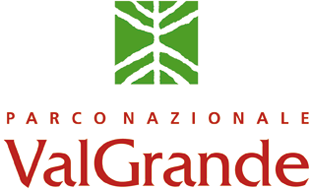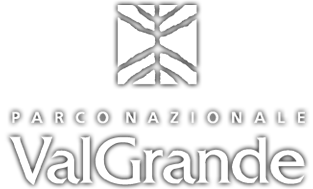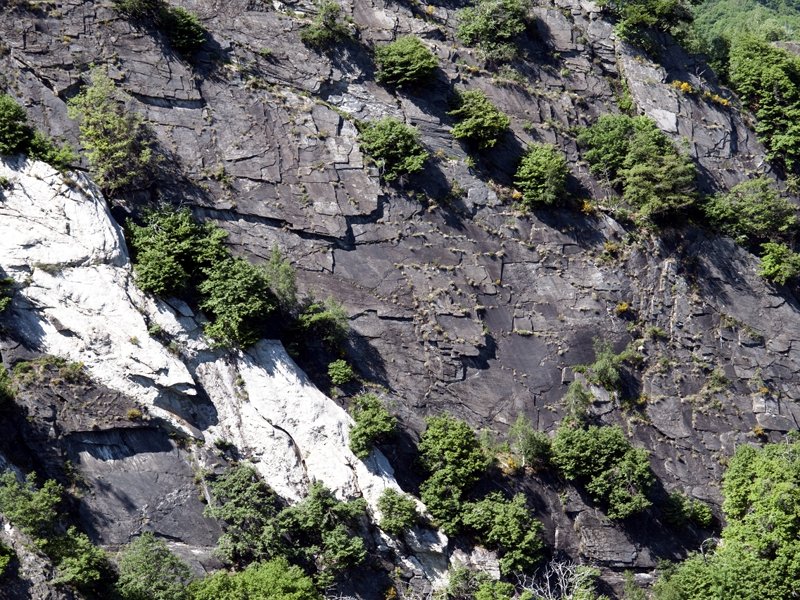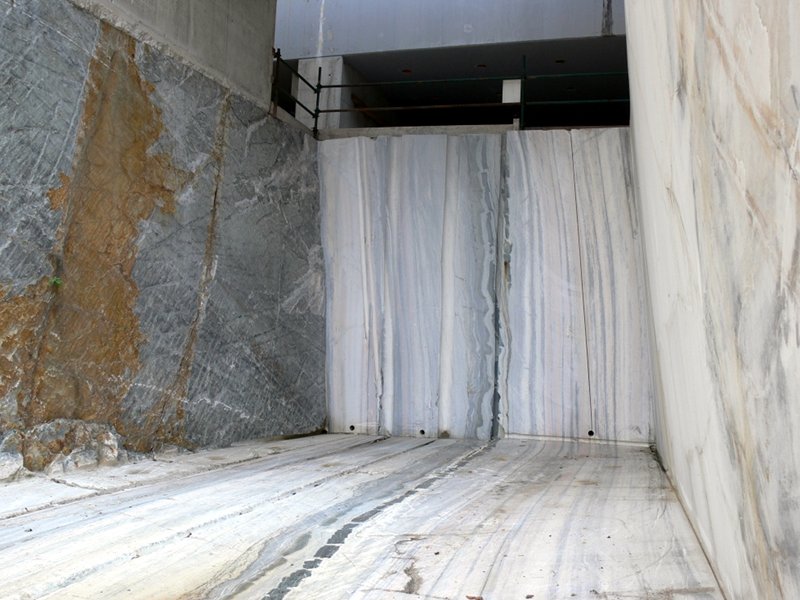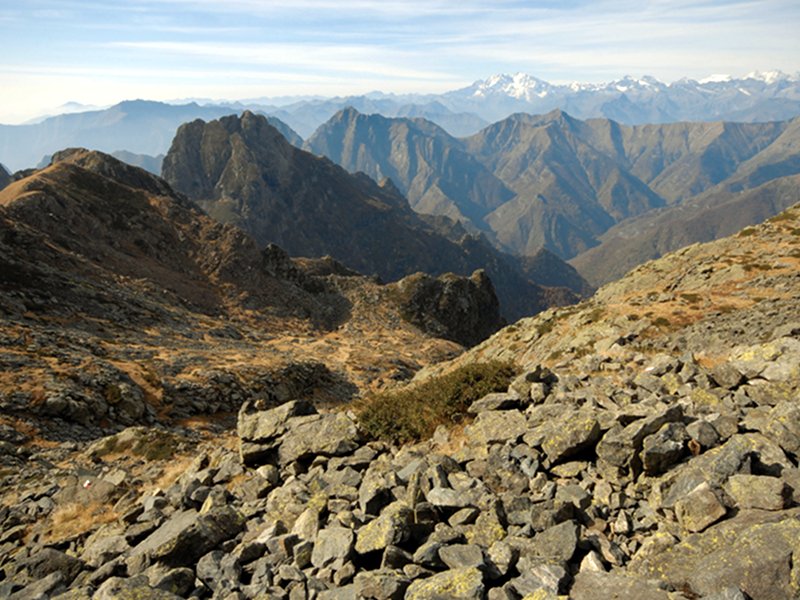- Park Offices and Staff
- Transparent administration
- Body's Register
- Procedures and Forms
- Laws and regulations
- List of websites
- Guided itineraries
- Conferences
- Bibliography
- Park's calendar 2019
- Projects
- Research
- Materials and technical tables of the forum
- Community Service
Home » Nature and history
Geology
From the depth of the earth
Of the three large categories into which the rocks are divided, namely magmatic, sedimentary and metamorphic rocks, only the latter is present in the Val Grande area.The variety of these rocks has contributed to a diversified and complex geomorphological evolution. The pre-glacial morphology appears evident above all in the ravines that characterize many streams. Various Quaternary glaciations have shaped the reliefs at a more modest altitude, while moraine and alluvial deposits have given rise to terraces, subsequently occupied by villages and pastures.
Of particular interest is the outcrop, the largest of the Alps, of rocks that belong to a portion of the deeper continental crust. Furthermore, the Park territory is included in an area of extraordinary geological interest.
The most characteristic mountains of the Val Grande, such as the Pedum, the Proman, the Corni di Nibbio, the Cima Sasso and the Cima della Laurasca, are constituted by very dark rocks (amphibolites, serpentinites, peridotites), green or blackish, with high specific weight, extremely hard and resistant to atmospheric agents. It is a part of what geologists call "Zona Ivrea-Verbano", a portion of deep continental crust, coming from the transition zone with the earth's mantle (therefore from a depth of about 35-50 km).
But in the Park, we find above all the testimonies of the relationship between man and stone, used and worked since ancient times as a building material. The history of the Park is also closely linked to the exploitation of the Candoglia pink marble quarries, used since the end of the 14th century for the construction of the Cathedral in Milan. With the concession of Gian Galeazzo Visconti (24 October 1387), the Veneranda Fabbrica del Duomo owned all the woods of Val Grande between Cima Corte Lorenzo and Ompio. The timber was used both in the quarry and in Candoglia, for the construction of barges, and even in Milan for the Cathedral scaffoldings: this date, beyond the start of a frantic mining activity, marks the beginning of the Val Grande deforestation.
© 2024 - Ente Parco Nazionale Val Grande
Villa Biraghi, Piazza Pretorio, 6 - 28805 Vogogna (VB)
Tel. +39 0324/87540 - Fax +39 0324/878573
E-mail: info@parcovalgrande.it - Certified mail: parcovalgrande@legalmail.it
USt - IdNr. 01683850034
Tel. +39 0324/87540 - Fax +39 0324/878573
E-mail: info@parcovalgrande.it - Certified mail: parcovalgrande@legalmail.it
USt - IdNr. 01683850034

